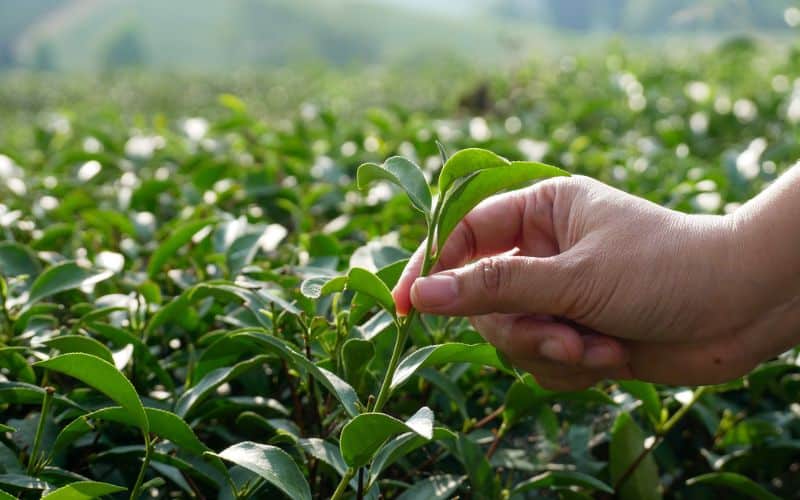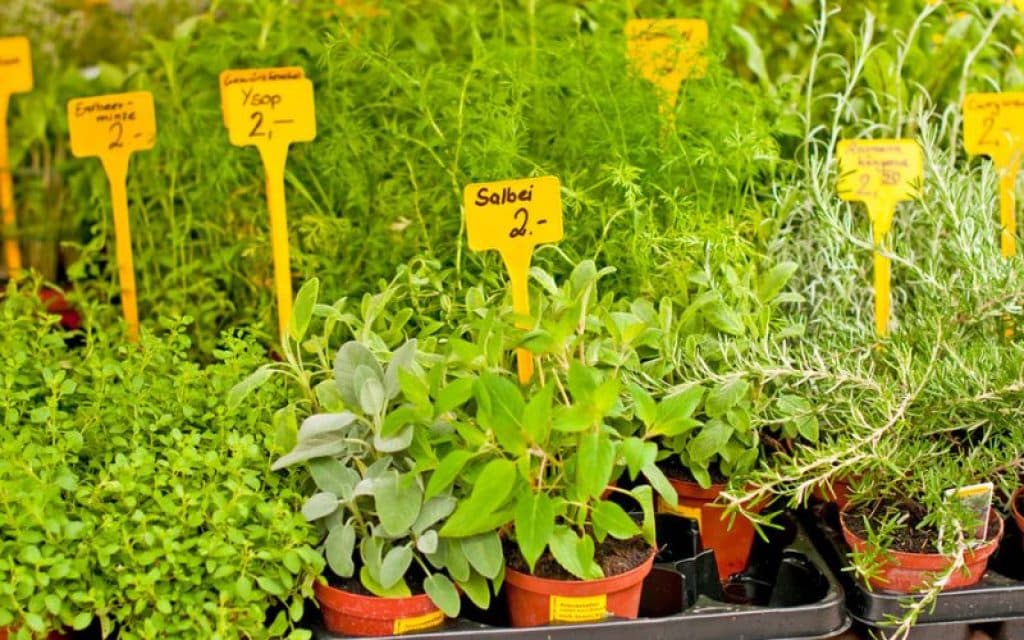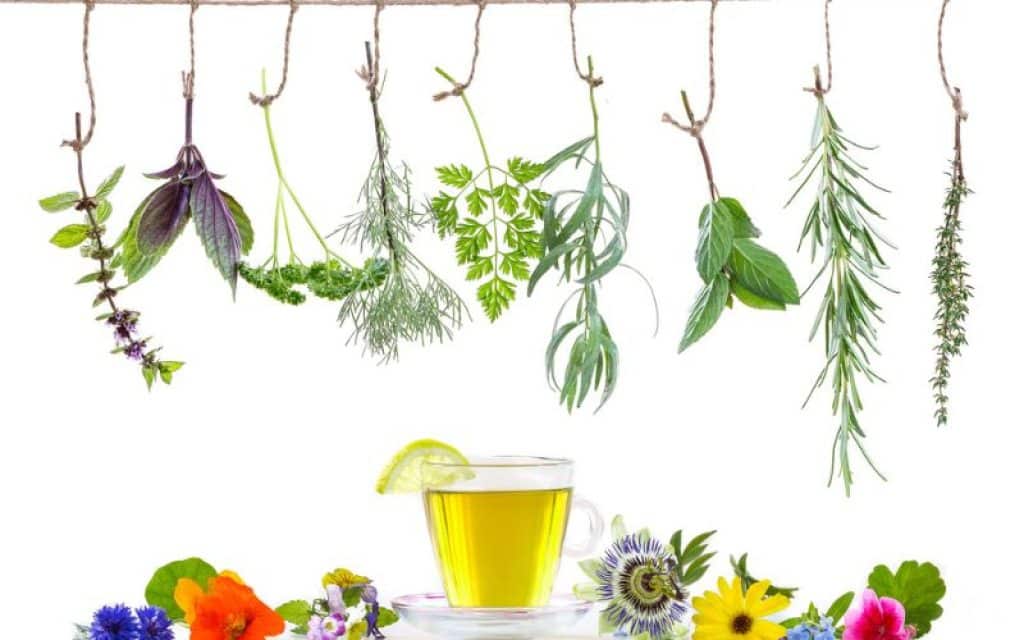
Growing your own tea garden is a delightful way to enjoy fresh, homegrown herbal teas while adding beauty and fragrance to your outdoor space. With a wide variety of plants to choose from, you can create a diverse and flavorful tea garden that suits your taste and preferences. In this guide, we’ll walk you through the steps on how to grow your own tea garden, from selecting the right location and plants to harvesting and enjoying your homegrown teas.
Step 1: Choose the right location
Select a location in your garden that receives at least 4-6 hours of sunlight daily. Most tea plants and herbs prefer well-draining soil, so avoid areas where water tends to pool. If you have limited space, consider using containers or raised beds for your tea garden. Additionally, choose a spot that is easily accessible for regular harvesting and maintenance.
Step 2: Design your tea garden
Before planting, take some time to plan the layout of your tea garden. Consider factors such as plant height, color, and growth habits when designing your garden. You may want to group plants with similar water and sunlight requirements together or create themed sections, such as a calming corner with chamomile and lavender or a refreshing mint patch. Don’t forget to include pathways for easy access to all areas of your tea garden.

Step 3: Select your plants
Choose a variety of plants to create a diverse and flavorful tea garden. Some popular options include:
Camellia sinensis (tea plant): The source of traditional black, green, and white teas. This evergreen shrub can grow quite large but can be pruned to maintain a manageable size.
Mint: Peppermint, spearmint, and other varieties add a refreshing flavor to teas. Mint can be invasive, so consider planting it in containers or designated areas.
Chamomile: Known for its calming properties, chamomile is a popular herbal tea ingredient. Both German and Roman chamomile varieties can be used for tea.
Lemon balm: This herb adds a citrusy note to teas and is known for its soothing effects. It’s also a great companion plant, attracting pollinators to your garden.
Lavender: With its distinctive aroma, lavender can add a unique flavor to your tea blends. Choose culinary varieties such as Lavandula angustifolia for the best flavor.
Rose hips: Rich in vitamin C, rose hips can be used to make a fruity, tangy tea. Plant rose varieties known for their large, flavorful hips, such as Rosa rugosa.
Echinacea: Often used for its immune-boosting properties, echinacea can be added to tea blends for a healthful boost. Both Echinacea purpurea and Echinacea angustifolia can be used for tea.
Consider adding other herbs and edible flowers to your tea garden, such as calendula, bee balm, anise hyssop, and lemon verbena, to create unique and personalized tea blends.
Step 4: Prepare the soil
Before planting, prepare the soil by loosening it and mixing in organic matter such as compost or well-rotted manure. This will improve drainage and provide essential nutrients for your plants. Test the soil pH and adjust it if necessary, as some plants like Camellia sinensis prefer slightly acidic soil.

Step 5: Plant your tea garden
Follow the specific planting instructions for each plant, paying attention to spacing and depth requirements. If you’re using containers, ensure they have drainage holes and use a high-quality potting mix. Planting in the spring or fall will give your plants the best chance to establish strong root systems before the heat of summer or cold of winter sets in.
Step 6: Water and fertilize
Water your tea garden regularly, keeping the soil consistently moist but not waterlogged. Most herbs and tea plants benefit from occasional feeding with an organic fertilizer or compost tea. Be mindful of each plant’s specific water and nutrient requirements, as overwatering or over-fertilizing can be detrimental to their health.
Step 7: Prune and maintain
Regular pruning and maintenance will keep your tea garden looking its best and promote healthy growth. Remove dead or diseased plant material, and prune plants to maintain their shape and encourage new growth. Keep an eye out for pests and diseases, and address any issues promptly using organic or chemical controls as needed.
Step 8: Harvest and enjoy
Once your plants are established, you can begin harvesting leaves and flowers for your tea blends. Harvest in the morning after the dew has dried, and be sure not to take more than one-third of the plant at a time. To make tea, simply steep the fresh or dried leaves and flowers in hot water for several minutes, then strain and enjoy.

Conclusion
Growing your own tea garden is a rewarding and enjoyable way to explore the world of herbal teas while enjoying the beauty and fragrance of your garden. With a little planning, care, and creativity, you can create a thriving tea garden that provides you with fresh, homegrown teas to savor throughout the year.
Colin Macmillan is a seasoned entrepreneur and the CEO of Riverwood Landscape, a leading landscaping company based in Canada. He has been at the helm of the company since leaving high school, demonstrating his strong leadership skills and business acumen.
Colin’s expertise lies in various aspects of landscaping, including lawn care, interlocking, sod installation, and commercial maintenance. His hands-on approach and dedication to the craft have been instrumental in building Riverwood Landscape into a reputable brand.
One of his most notable achievements is the creation of a successful landscape franchise that services multiple locations. This accomplishment underscores his strategic thinking and ability to scale operations effectively.
Colin has also had the privilege of working with Guelph Hospital for landscaping and maintenance, a testament to the trust and reliability that his company has earned over the years.
His professional mission is to offer the best services and experiences for customers, a goal that he tirelessly pursues. Colin’s commitment to excellence and customer satisfaction continues to drive the growth and success of Riverwood Landscape.








